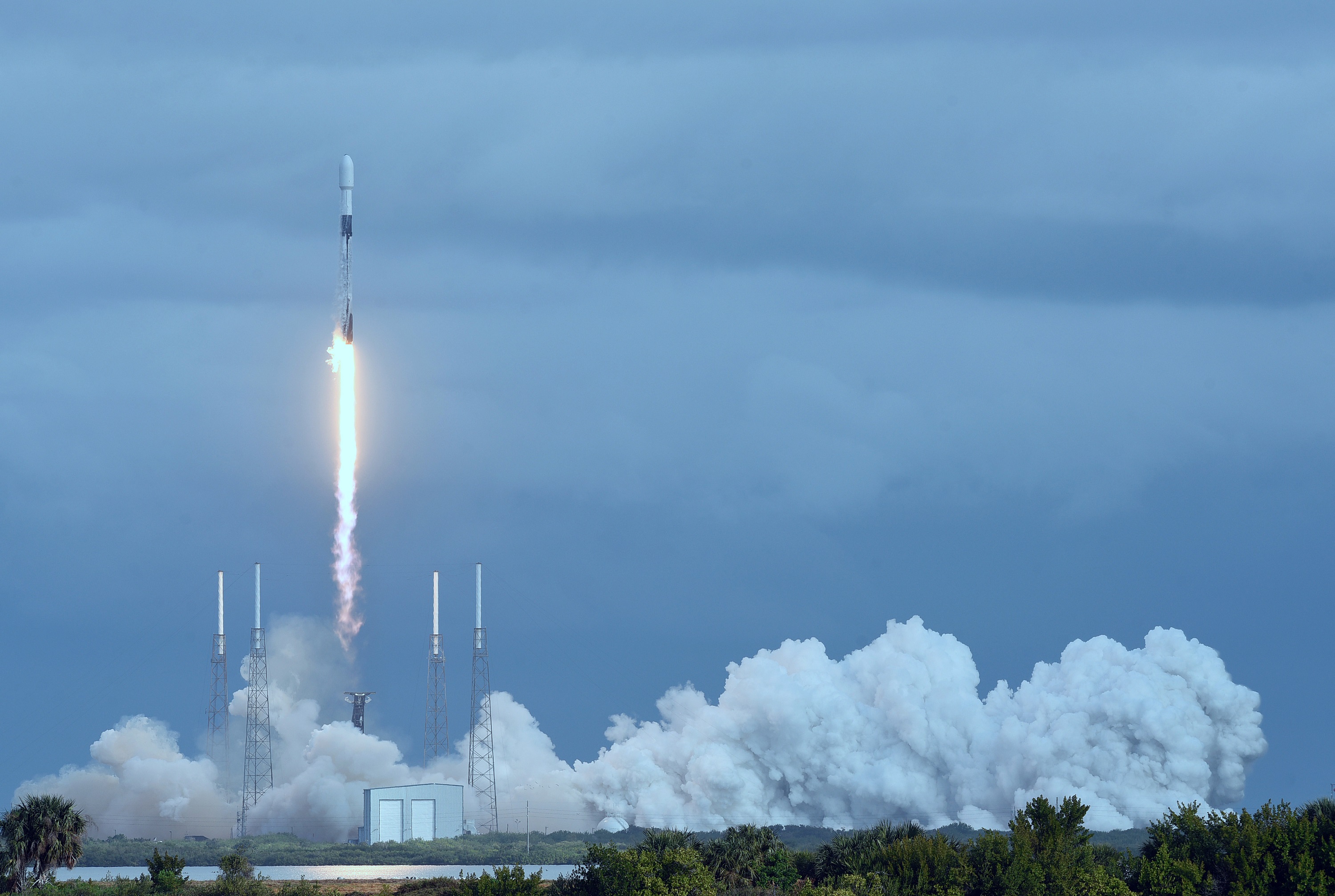
Starlink, Elon Musk's satellite internet company, has sent 60 new satellites into orbit bringing the total to 300 this month. SpaceX has now launched 1,443 satellites so far, but is still far off from reaching it's initial target of 12,000.
The latest launch, which occurred on April 7, went successfully. The Falcon 9 booster touched down successfully on SpaceX's floating landing back in the Atlantic Ocean.
- Starlink review: Is Elon Musk's satellite internet worth it?
- These are the best Wi-Fi routers you can buy right now
- Plus: Starlink won't have cheaper pricing for now — what to expect
For Starlink customers, the latest launch should mean better overall internet connections. Given that there are so few satellites in orbit, Starlink customers have noted that speeds can fluctuate throughout the day. The overall strength remains to be seen, but we'll have a better idea in the upcoming weeks.
While Starlink is still in beta, users in latitudes from Seattle and above are reporting impressive speeds, far faster than what they had previously. Starlink will become fully operational, at its current pace, by sometime in 2030 when the megaconstellation reaches its 12,000 satellite goal.
At the moment, it's projected that by 2025, Starlink will have launched 6,000 satellites into orbit, reaching the halfway point. Of course, as SpaceX continues to improve in satellite launches, it's possible for Elon Musk's spacefaring company to reach 12,000 sooner than 2030.
But 12,000 is not the end-all. SpaceX has made a request with the FCC to launch up to 30,000 satellites over the next few decades, bringing the total to 42,000. It's actually so many satellites that some worry it might make space exploration and research more difficult.
SpaceX posted a video clip on Twitter showing the stack of Starlink satellites going into orbit and separating.
Get instant access to breaking news, the hottest reviews, great deals and helpful tips.
Deployment of 60 Starlink satellites confirmed, completing SpaceX’s 10th mission this year pic.twitter.com/c15BveB3QEApril 7, 2021
For those interested, a video of the full launch is also linked below. It shows the liftoff, the rocket reaching max velocity, stage separation and finally reaching orbit. And if you fast-forward to 27 minutes, you can see the rocket landing on SpaceX's floating landing pad in the Atlantic Ocean.
A final fast-forward to the 1:23 mark will let you see the Starlink satellites drifting off into space with an explanation by SpaceX's hosts. Using the on-board ion thrusters, the satellites will distance from one another over the next few days and weeks until reaching operational orbit.

Imad is currently Senior Google and Internet Culture reporter for CNET, but until recently was News Editor at Tom's Guide. Hailing from Texas, Imad started his journalism career in 2013 and has amassed bylines with the New York Times, the Washington Post, ESPN, Wired and Men's Health Magazine, among others. Outside of work, you can find him sitting blankly in front of a Word document trying desperately to write the first pages of a new book.
 Club Benefits
Club Benefits





